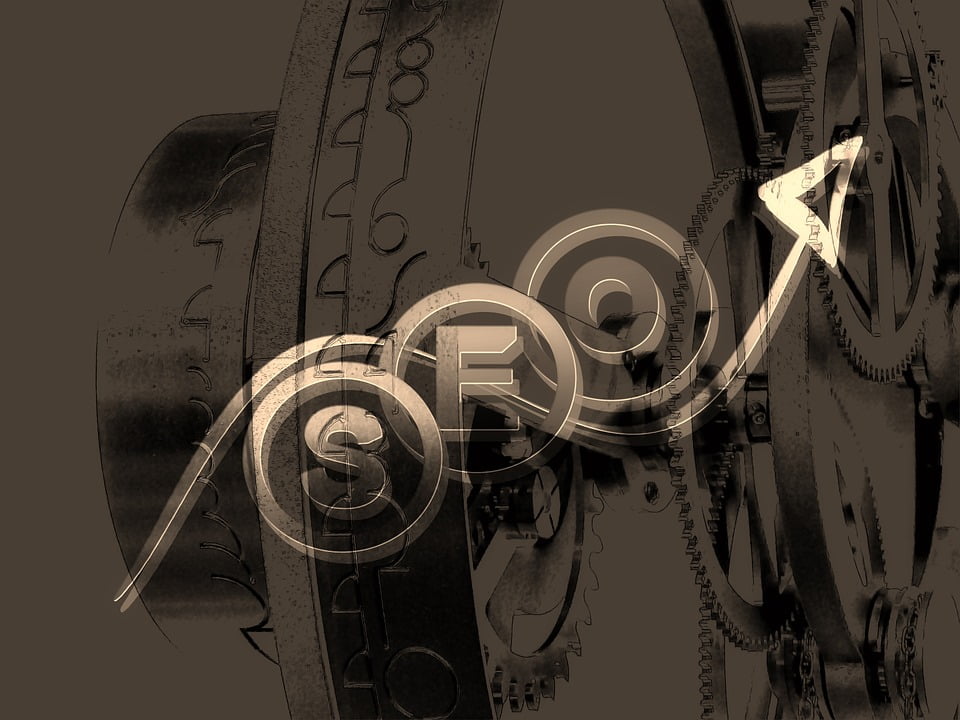The number one thing that will push your website on the first page of search results is SEO. Optimizing your website for search engines will drive tons of traffic from search engines. To get started, you must understand the core SEO terms and jargons. This is, technically, where a beginner should start.
If you are new to SEO, read the following SEO terminologies so that you can understand what an SEO is talking about in a video or maybe in a blog post. There are terms that SEO marketers use a lot and they do not define them every single time. If you don’t know what a term means, listening to or reading an article from a top SEO will not help much.
Here is a list of the most common SEO jargons.
ALT tag: Also known as ALT text or ALT attribute. It is the HTML description of images. Search engine crawlers are unable to see images on your website. They only see the text in the ALT tag of the image. This text will tell the search engines what an image is about.
For example, if you have put ‘a smiling cat’ in the ALT tag of an image of a woman, the search engines will perceive it to be an image of ‘a smiling cat’.
Always fill the ALT tag. Make it descriptive and refrain from stuffing keywords.
Search engine crawler: Also known as search engine spider or simply a spider or a crawler. It is a program that crawls websites, blogs, and everything that’s on the internet. Crawlers collect information from the internet and stores them in the search engine’s database for later use and referencing.
Indexing: When a search engine spider crawls a web page, it stores a copy of the page in the search engine database. When one of your web pages is crawled and its copy has been stored in the database, it is said to be indexed.
HTML: HyperText Markup Language is the coding system that works on the internet. This is the system that defines tags for text, font colors, hyperlinks, titles, images, and everything on the internet. The colorful websites that we see are nothing but HTML.
Domain name: Also known as a domain. It is the unique name of the network address (or the URL) that is used for differentiation. For example, ‘yourdomain’ is the domain name in this URL www.yourdomain.com
URL: Uniform Resource Locator or web address is the address of the websites on the internet which is used to locate websites.
Traffic: The visitors on a website.
Authority website: Also known as authority blog. A website or a blog that has significant authority in any niche. People trust such sites. For example, CNN and Amazon are authority websites.
Search engine ranking factors: Also known as ranking factors which are the variables that search engines use to rank web pages in search results. There are over 200 ranking factors such as domain name, quality of backlinks, popularity, etc.
Domain authority: A search engine ranking factor that is based on the popularity, size and age of the domain. It is also known as DA and is a number between 1 and 100 where 1 is the lowest domain authority and 100 is the highest.
Page authority: A search engine ranking factor which is measured on 100 point scale.
Hyperlink: A link from one file to another. When used on websites, it is a link from one website to another website.
Anchor text: The text of a hyperlink. This is an anchor text.
SERP: Search Engine Ranking Page is the search engine’s page that is returned after inserting a query. If you search for something on Google, the results page is known as SERP where all the results are ranked.
Sitemap: Also known as site map is the complete list (map) of all the pages and posts on a website. It is a web page that lists all the pages, posts, media, and everything on a website.
Onpage SEO: All the search engine optimization measures that are associated with the website itself such as optimizing titles and images.
Offpage SEO: The SEO techniques that are used off the website to improve its ranking such as building backlinks.
Backlink: Also known as an inbound link. It is an incoming link from another website.
Nofollow: An HTML attribute that instructs the search engines not to influence the search engine rankings of the target link. A nofollow link doesn’t impact rankings.
Dofollow: An HTML attribute that instructs the search engines to influence the ranking of the target link. All the links that are not nofollow are dofollow and they improve search engine rankings.
Meta description: A description of a web page that describes the data on the page to search engines.
Keywords: A word or a phrase of a significantly high value. In terms of SEO, a keyword is normally the main keyword on your page that you want to rank for.
Long-tail keywords: These are keywords that have at least 3 words and are used to target a specific target audience. For example, ‘blue laptops with green buttons’ is a long tail keyword.
Short-tail keywords: Normal keywords that are highly competitive and are used to target mass audience, for example, insurance, marketing, and finance are short tail keywords.
Internal links: Links that lead the visitor somewhere on the same website.
Outbound links: Links on a website that take the users to another website.
301 redirect: A technique that is used to redirect users from one web page to another automatically. It also tells the search engines and web browsers that the web page (or a website or blog) has been moved permanently to another URL.
Website ranking: Also known as ranking. It refers to the ranking of a website or a web page in the search results (SERP).
Webspam: Also known as search spam are the techniques that are used to spam or influence search engine rankings by means that are not allowed.
Black hat SEO: All the SEO techniques and tactics that do not follow search engine guidelines and are only aimed to influence search engine rankings.
White hat SEO: The SEO methods that follow search engine guidelines and are used to help the readers (humans) instead of getting better search engine rankings.
Gray hat SEO: SEO techniques that are not white hat and neither black hat. These techniques sometimes violate search engine guidelines and at other times, they don’t.
Google Penalty: A negative impact on a website’s ranking due to the use of black hat SEO. Google penalizes website either manually or with an algorithm update.
Spam links: Backlinks not considered healthy for a website.
Link farm: A collection of different web pages and websites that are created to link to a specific webpage or a website in order to improve search engine rankings.
Webmaster: The person who manages and runs a website.
Landing page: A website’s page where new visitors land. It could be a website’s homepage or any other page as set by the webmaster.
Permalink: It is a short form of ‘permanent link’ which refers to a hyperlink which is static and doesn’t change.
Image by Pixabay





